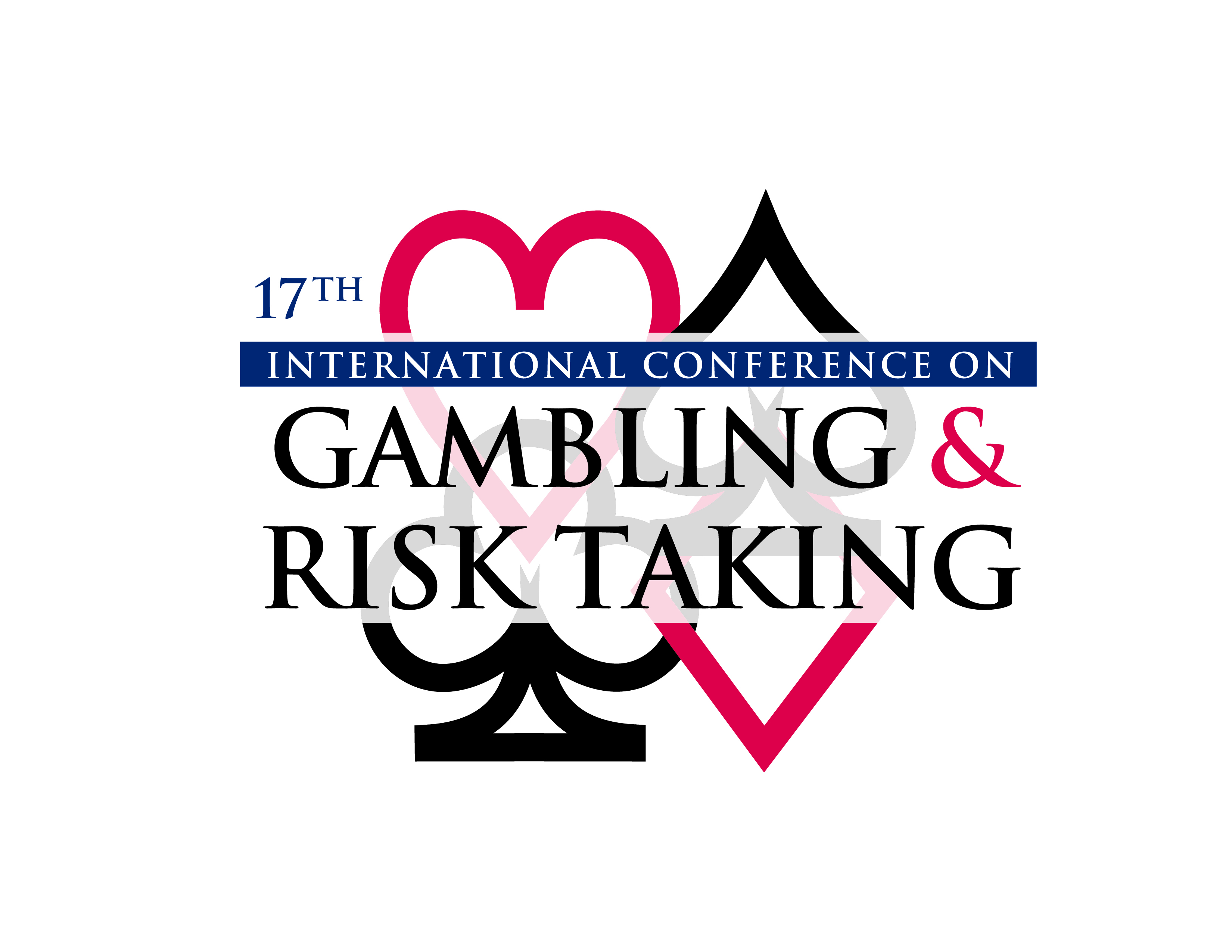Multi-venue exclusion program and early detection of problem gamblers: What works and what not?
Session Title
Session 1-1-B: Establishing Best Practices
Presentation Type
Event
Location
Caesars Palace, Las Vegas, Nevada
Start Date
28-5-2019 9:15 AM
End Date
28-5-2019 10:40 AM
Disciplines
Psychology
Abstract
Since April 2014, a multi-venue exclusion program exists in the federal state of Hesse (Germany) that covers all gambling arcades with AWP-machines. In addition, the operators are obliged by legislation to exclude gambling-addicted or excluded individuals from gambling and to train the staff in the early detection of problem gambling. The present research has two objectives: to analyze the dataset of all excluded individuals in Hesse (N = 12,253) with regard to core sociodemographic variables and to check the staff compliance with regard to the implementation of player protection measures by covert test purchases. For the second purpose, students visited 64 of the 750 Hessian gambling arcades. The results of the database analyses show that only about 1% of all exclusions have been initiated by third parties (e.g., operators). The excluded gamblers were mainly male (87.7%), and a large number of individuals had a migration background (46.6%). Furthermore, the test purchases revealed that in 16.4% of all attempts, no entrance control was carried out. In 28.1% of all gambling arcades, the subjects were able to gambling despite an active self-exclusion. Finally, staff responded in only 7.3% of all cases with appropriate interventions when being confronted with problematic gambling patterns. In general, the establishment of a multi-venue exclusion program can thus be recommended due to several reasons (e.g., considerable acceptance by high risk-groups). However, several shortcomings with regard to staff compliance call for a more consistent monitoring of the implementation of legally required measures for player protection in situ.
Keywords
Exclusion program, multiple venues, gaming arcades, early detection, compliance check, harm-minimization
Funding Sources
The study was funded by the the Hessian Ministry of Social Affairs and Integration. The funding was not subject to any restrictions or specific instructions with regard to data collection, analysis or interpretation, or to publication of the results.
Competing Interests
Tobias Hayer has received a grant for gambling research from the Ministry of the Interior of Lower Saxony. Gerhard Meyer has received grants for gambling research from, the Federal Ministry of Health, the Ministries of Health of Hamburg and Bremen, the Ministry of the Interior of Lower Saxony, and several gambling providers.
Multi-venue exclusion program and early detection of problem gamblers: What works and what not?
Caesars Palace, Las Vegas, Nevada
Since April 2014, a multi-venue exclusion program exists in the federal state of Hesse (Germany) that covers all gambling arcades with AWP-machines. In addition, the operators are obliged by legislation to exclude gambling-addicted or excluded individuals from gambling and to train the staff in the early detection of problem gambling. The present research has two objectives: to analyze the dataset of all excluded individuals in Hesse (N = 12,253) with regard to core sociodemographic variables and to check the staff compliance with regard to the implementation of player protection measures by covert test purchases. For the second purpose, students visited 64 of the 750 Hessian gambling arcades. The results of the database analyses show that only about 1% of all exclusions have been initiated by third parties (e.g., operators). The excluded gamblers were mainly male (87.7%), and a large number of individuals had a migration background (46.6%). Furthermore, the test purchases revealed that in 16.4% of all attempts, no entrance control was carried out. In 28.1% of all gambling arcades, the subjects were able to gambling despite an active self-exclusion. Finally, staff responded in only 7.3% of all cases with appropriate interventions when being confronted with problematic gambling patterns. In general, the establishment of a multi-venue exclusion program can thus be recommended due to several reasons (e.g., considerable acceptance by high risk-groups). However, several shortcomings with regard to staff compliance call for a more consistent monitoring of the implementation of legally required measures for player protection in situ.
